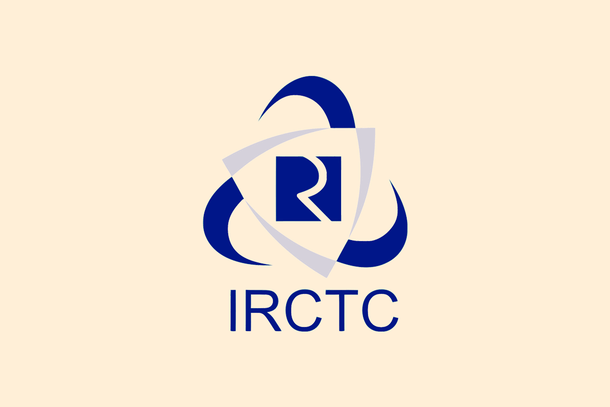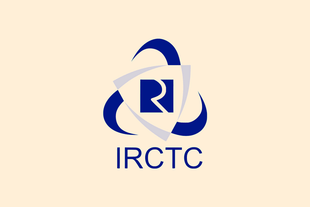Politics
IRCTC’s IPO Blockbuster Shows Government Doesn’t Know Charcoal From Diamond
R Jagannathan
Oct 04, 2019, 11:54 AM | Updated 11:54 AM IST
Save & read from anywhere!
Bookmark stories for easy access on any device or the Swarajya app.


Governments, or rather politicians, seem to have a tough time differentiating between charcoal and diamond.
Last year, Mamata Banerjee thought Air India was the crown jewels, when its offer for sale did not find a single willing bidder. Yesterday (3 October), the Modi government discovered – possibly to its mortification – that a company it valued at just over Rs 5,160 crore may actually be worth nearly twice that amount, drawing an oversubscription of 112 times the offer of Rs 645 crore.
The smarter the money, the more aggressive the bidding for IRCTC, subscriptions to the initial public offering of which closed yesterday.
According to media reports, retail investors, even after a 10 per cent discount, delivered an oversubscription of 14.4 times, qualified institutional buyers 109 times, and high net worth individuals 355 times.
The only dumb money was from IRCTC’s own employees, who bid 5.75 times the shares they were offered, showing how low their understanding is of the company they work for.
The government, which offered 12.5 per cent of IRCTC for sale, was flooded with the equivalent of Rs 72,000 crore in subscriptions at a price of Rs 320 a share. Market mavens believe that the share could list at over Rs 520 a share, valuing the company at over Rs 8,300 crore, or nearly $1.2 billion.
Even this could be an undervaluation for India’s only profitable e-commerce company of some size, for monopolies ought to have valuations higher than normal.
IRCTC has monopoly in three areas – railway e-ticketing, supply of bottled drinking water (Rail Neer) at railway stations and trains, and railway catering contracts.
While the e-ticketing earnings have been adversely affected by the government’s decision to discontinue the levy of service charges of Rs 20 per ticket sold (Rs 40 for AC class tickets), replacing it with a flat compensation of Rs 80 crore annually, IRCTC’s monopoly in water and catering remain. These two areas account for two-thirds (64 per cent) of incomes.
The share will skyrocket if the government restores IRCTC’s service charges, and plummet if IRCTC’s monopoly is gradually reduced or tinkered with, in any area.
Put simply, whether IRCTC remains diamond or charcoal is entirely upto the government. Given the reasonable efficiency with which it conducts its operations, why should any government want to reduce it to charcoal by taking whimsical decisions to destroy shareholder value? Taxpayers should surely object if it does so.
Given current monopolies, it is obvious that IRCTC is grossly undervalued. In the e-commerce space, valuations are not determined by earnings per share (EPS), but growth in customer bases and gross incomes.
This is why a Flipkart gets a valuation of $16 billion from Wal-Mart, when it has not made a single paisa in profits in any year so far. IRCTC, on the other hand, earned a net profit of Rs 273 crore on gross revenues of Rs 1,957 crore in 2018-19. Earnings per share were a high Rs 17.
Compare IRCTC’s likely post-listing valuation of $1 billion plus with Makemytrip.com’s Nasdaq valuation of $2.35 billion. Clearly, IRCTC has been undersold, like a public sector laggard rather than a potential e-commerce giant.
There are really two ways forward for IRCTC, as long as the government does not end its monopolies. One is to let it meander on as now, and keep diluting equity till government holdings reach 51 per cent. Neither the government nor IRCTC benefit from such low valuations.
But the real big move would be to let IRCTC retain its monopoly for, say, 10 years, merge it with a private sector high-flying e-commerce company for a dilution of a further 10-15 per cent, and let the private management take it to new heights.
If this is done, one can presume that IRCTC’s valuations will soar at least three- or four-fold, converting charcoal into diamond in less than a few years.
Valuations could be higher once IRCTC starts making a splash, not only in ticketing and rail services, but the broader e-commerce arena where foreign players will give their left arms for a controlling stake.
It is not inconceivable that any future privatisation of IRCTC, where the government sheds its majority stake, will bring the Indian Railways and the government an unprecedented bonanza.
Jagannathan is former Editorial Director, Swarajya. He tweets at @TheJaggi.





